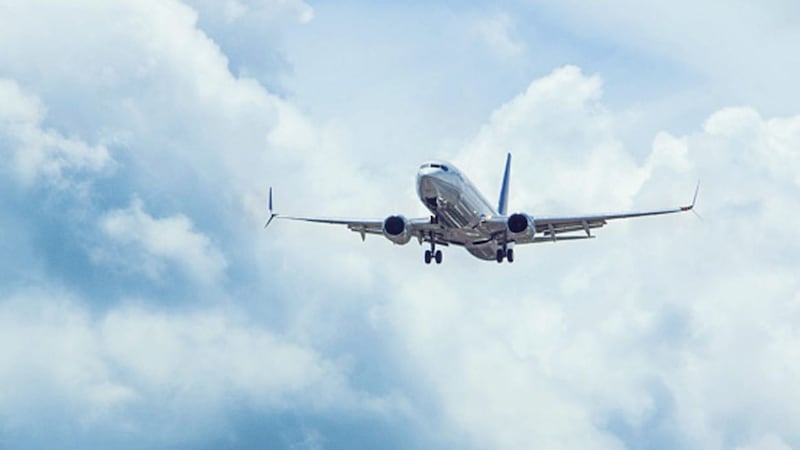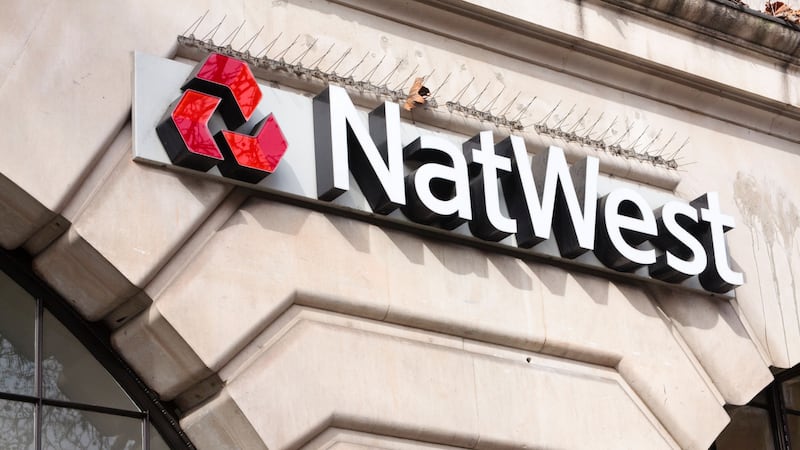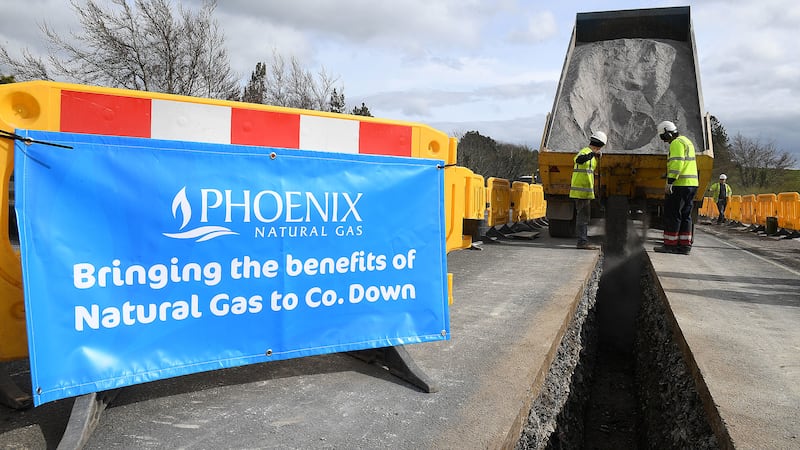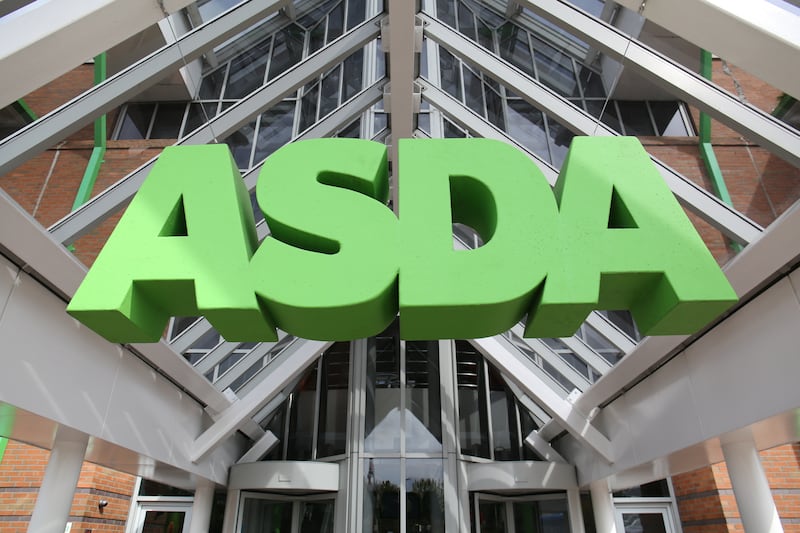INFLATION has unexpectedly fallen to its lowest level in over a year despite the pressure of surging fuel costs and record price hikes on soft drinks following the introduction of the sugar tax.
Figures from the Office for National Statistics (ONS) show the Consumer Price Index (CPI) fell to 2.4 per cent last month, down from 2.5 per cent in March, the lowest level since March 2017. Economists had been expecting inflation to hold at 2.5 per cent, with the biggest downward pressure on inflation coming from reduced air fares, which fell 7.9 per cent year-on-year.
The inflation fall comes despite a record rise in soft drink prices following the introduction of the Government's sugar tax on April 6. Soft drink prices were up 2.8 per cent month-on-month, and 6.2 per cent year-on-year, according to the figures.
However, many retailers have not passed on the cost of the tax to consumers yet, while some increased prices in advance.
Mike Hardie, head of inflation at the ONS, said: "Inflation continued to slow in April, with air fares making the biggest downward contribution, due to the timing of Easter. This was partially offset by the rise in petrol prices.
"Soft drink prices saw their biggest ever rise for this time of year, due to the introduction of the sugar tax. However, many retailers still haven't passed the impact of the tax on to shoppers."
Petrol prices rose by 1.5p per litre between March and April, while diesel lifted by 1.6p per litre, compared to a 1.8p per litre fall for both a year earlier.
Economists are expecting oil prices to rise further over the summer after Brent crude surged above 80 US dollars per barrel last week. It is feared this could put the squeeze on households once more, potentially pushing inflation back up.
Clothing prices climbed 1.7 per cent year-on-year, with fashion and shoe prices both rising 1.7 per cent, while households also took a hit on their utility bills as electricity, gas and other fuel prices rose 5.7 per cent annually.
Continuing the theme of price hikes, food prices rose 2.3 per cent year-on-year, and tobacco prices surged 6.8 per cent while alcohol prices were up 1.4 per cent.
Danske Bank chief economist, Conor Lambe believes the fall in the inflation rate is good news for consumers.
“After last week’s labour market data revealed a rise in the rate of regular pay growth for employees in Great Britain, today’s fall in inflation is a further sign that the squeeze on UK consumers is gradually easing," he said
“But inflation has further to fall before it returns to the Bank of England’s 2 per cent target rate and real wage growth, while back in positive territory, remains modest. The data is moving in the right direction for consumers, but the pressure on household budgets remains a constraining factor on the prospects for both the UK and Northern Ireland economies.”
The ONS figures showed the rate of Retail Prices Index (RPI) inflation, a separate measure of inflation, rose to 3.4 per cent, from 3.3 per cent in March.
The Consumer Prices Index including owner-occupiers' housing costs (CPIH) fell to 2.2 per cent in April, from 2.3 per cent in March. This was the lowest since January last year.








